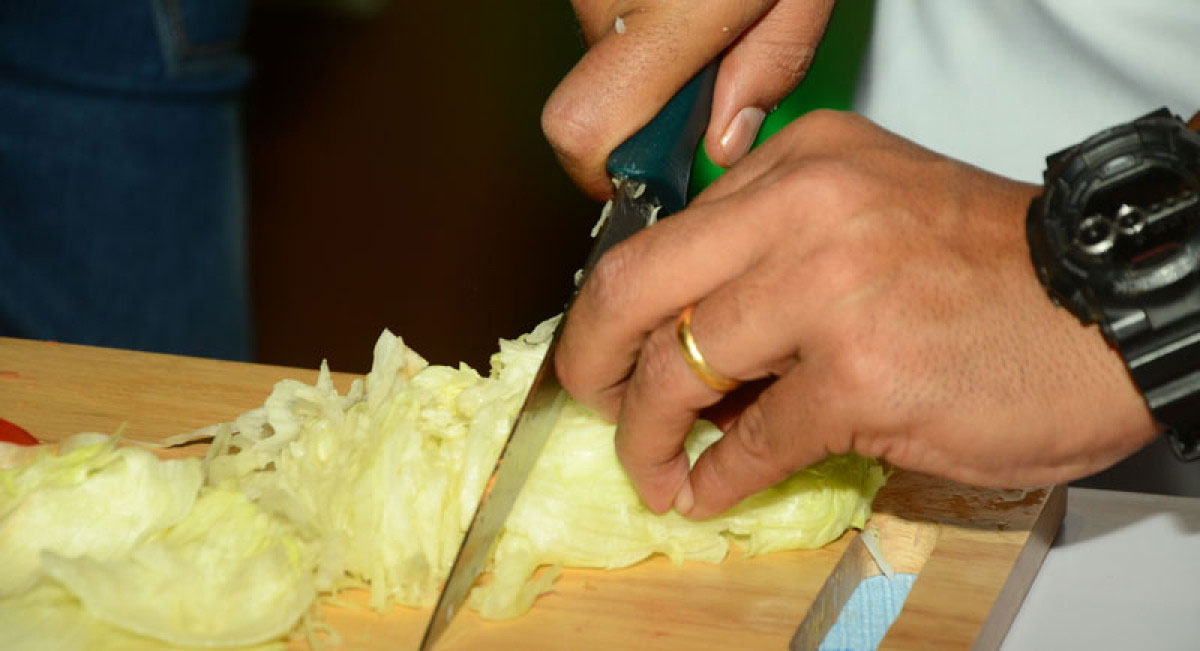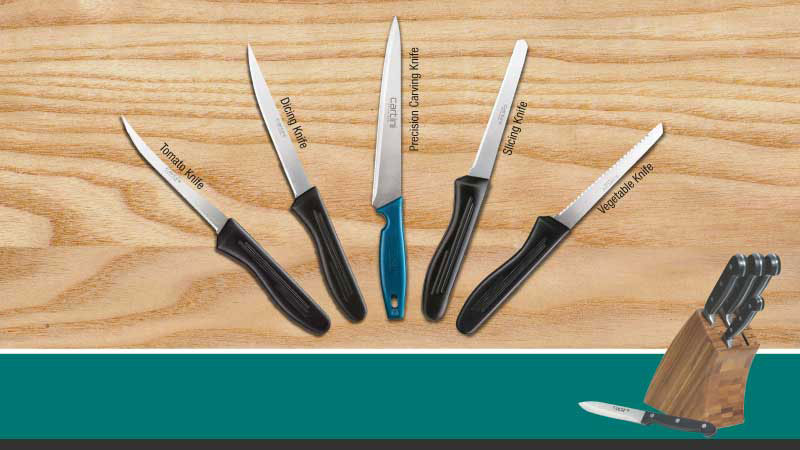Five techniques of chopping veggies
Make your food look really good and taste even better — all you need to do is master these easy and handy cutting styles and techniques

Move aside slicing and dicing; cooking channels on the idiot box have spoilt us for choice when it comes to making ingredients look appetising. We’ve simplified some of the most famous cutting techniques and put together a short guide for you to try at home!
Paysanne
Paysanne is one of the most common cuts of vegetables when it comes to French cooking. Used in quick preparations such as soup, this cut traditionally respects the vegetable's natural shape. Let’s take for example its most usual suspect, the carrot. First, chop the carrot along its length. Then move over the thin strips and cut it along its natural circular shape. The result? A finely chopped carrot that looks neat and is easy to eat!

Batonnet
Batonnet means sticks in French. You’ve unknowingly used this technique of cutting innumerable times because of...French fries! The most classic example of this technique is the universally long and dainty fry. An easy way of achieving symmetry with the batonnet is to stack your choice of vegetable, be it a cucumber, radish or potato, and then slice even sticks of it.
Julienne
Another easy-peasy cut to master once you know how to cut up stacks of sticks. Julienning or the allumette cut means to finely chop a vegetable into sticks. Imagine the batonnet further cut and refined.
Brunoise
Most cutting techniques are easy to master if you’ve got the hang of one. The brunoise cut requires you to first julienne your choice of vegetable. Then, simply change the angle of your veggies and continue to finely dice into tiny squares or circles (depending on your veggie). It’s best suited for any recipe that requires a lot of ingredients to comfortably fit into a pan or the mouth!
Chiffonade
How do you make leafy greens look good? The chiffonade cut is your answer. Suited for garnishing or sabzi that is intended to be eaten with rotis, this cut simply involves rolling up your greens. Take a few lettuce leaves, for instance, and pile them up neatly. Then roll them uniformly so they are ensconced within each other. Make swift fine movements and watch shards of the leaves fall away. Make sure you separate them once you finish chopping.
This post by Cartini aims at helping amateur cooks master their knife skills
